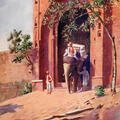Aitchson College
The foundation stone of Aitchison College in Lahore was laid on 3 November 1886 by the Viceroy Earl of Dufferin and Ava16. This event took place in the presence of a large and distinguished gathering, including the Duke and Duchess of Connaught, the

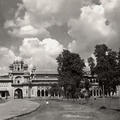
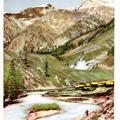
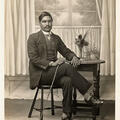
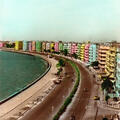
![Armee Anglo-Indienne – Type de soldat Indien [British Indian Army - Indian Soldier] Armee Anglo-Indienne – Type de soldat Indien [British Indian Army - Indian Soldier]](https://www.paperjewels.org/sites/default/files/styles/square_thumbnail/public/slides/armee-anglo-indienne-seated-soldier.jpg?itok=qs0W3abw)

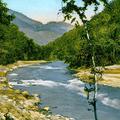
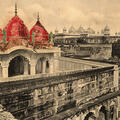
![Sir Pertab Singh [Pratab Singh of Idar] Sir Pertab Singh [Pratab Singh of Idar]](https://www.paperjewels.org/sites/default/files/styles/square_thumbnail/public/slides/pratap-singh-colour.jpg?itok=uXeXaXC1)
